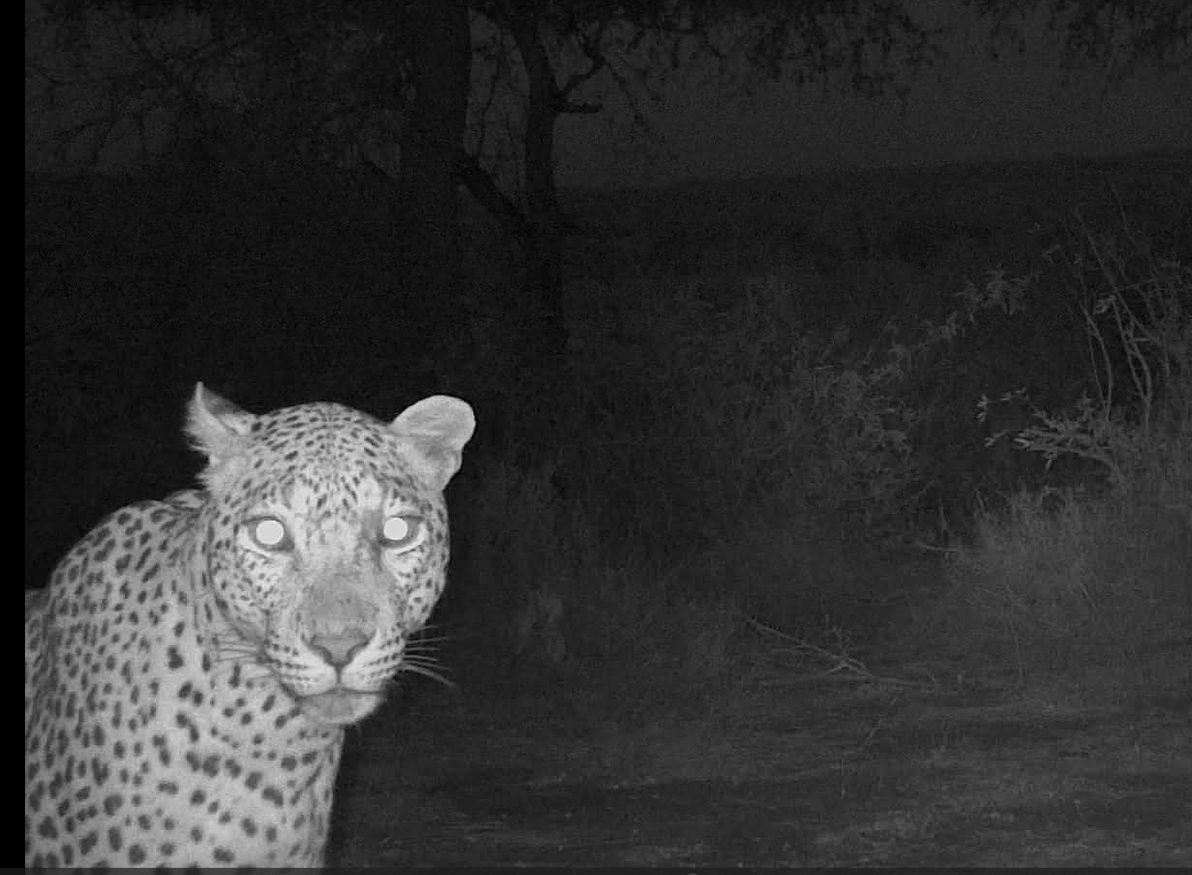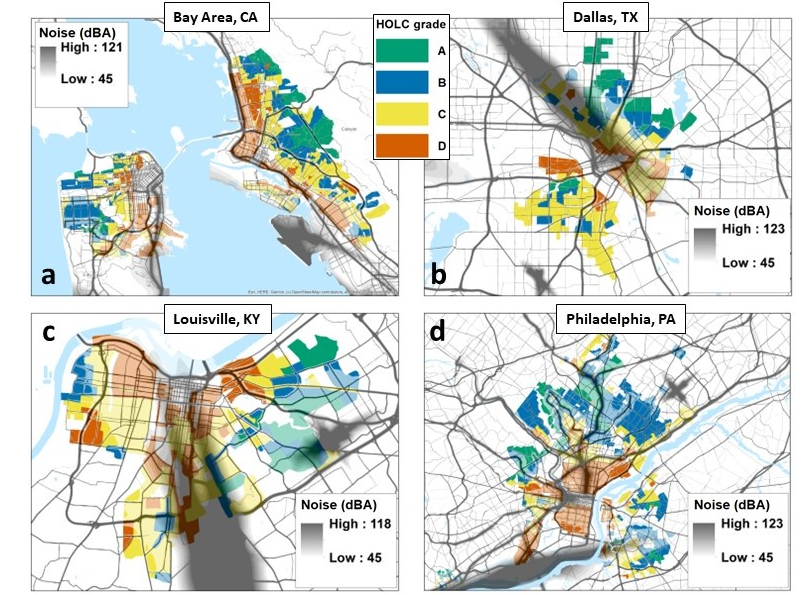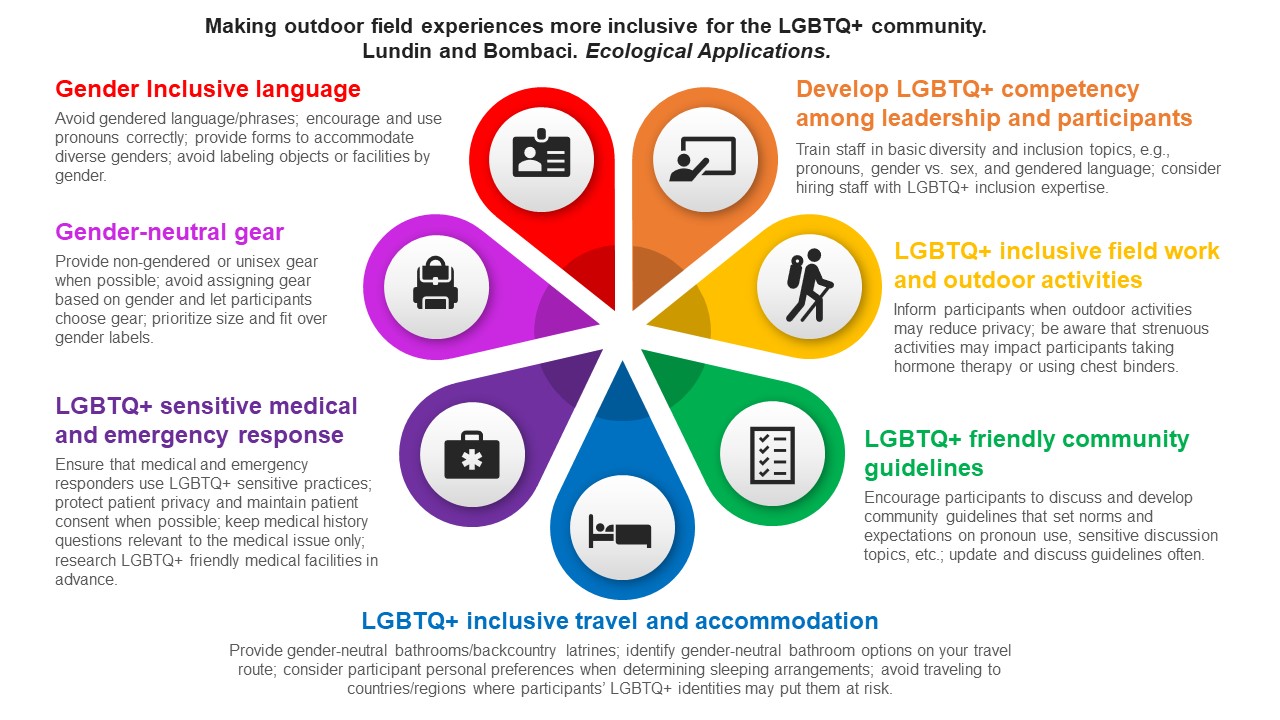What We Do
We conduct research in both conservation biology and diversity, inclusion, and social justice, and at the intersection of these two themes.
We study acoustic ecology, investigate human-wildlife interactions, urban ecology, and explore novel strategies for restoring biodiversity, both nationally and internationally. We also work on multiple collaborative projects to apply a wide range of technological tools, e.g. machine learning, acoustic recorders, and camera traps, to generate technology-enabled solutions to pressing conservation challenges.
We also blend social science and conservation science to investigate barriers to diversity and inclusion in STEM, and to address social justice issues in wildlife conservation. By drawing from diverse perspectives on the environment, conservation science can more effectively harness human capacity to address today’s pressing environmental challenges.
ews
- Tamara's paper is out today in Social Sciences on Shifting Power in Practice: Implementing Relational Research and Evaluation in Conservation Science
- Dr. Bombaci received NSF funding to study inequitable access to citizen science participation and consequences for studying urban biodiversity
- Paper out today in BioScience on How faculty values influence graduate student recruitment and diversity, equity, and inclusion
- Our lab paper on the impacts of inequitable noise for urban wildlife and people was published in Nature Ecology and Evolution (also see our 'Behind the Paper' blog on this research).
- Dr. Bombaci's research on the problems with unpaid internships in conservation was recently featured in an article by Audubon Magazine.
- Monica Lasky's article titled "Human-induced fear in wildlife: A review" was published in the Journal for Nature Conservation.
- Dr. Bombaci and a team of CSU faculty were awarded funding to study the value of informal greenspaces for provisioning ecosystem services in Fort Collins.
- Dr. Bombaci was awarded funding to investigate strategies for mitigating inequitable sampling in citizen science data by AAUW.
Media Coverage
The sound of injustice: Inequitable urban noise impacts people, wildlife. November 20, 2022. Featured in Phys.org, Yahoo News, Grist, Science Magazine, The Telegraph, and 32 other news outlets.
Searching for Diversity, Equity, and Inclusion. BioScience Commentary. April 2022.
Tipping the Scales. Better Pay, Flexibility, and Inclusion can Make Field Experiences More Accessible. 2022. The Wildlife Professional March/April 16(2).
Field Experiences Shape Students' Careers, But They Need to Offer Better Pay, Flexibility, and Inclusion. BioScience Bytes. April 14, 2021.
Undue Burden. INSIDE HIGHER ED. June 4, 2019.
Study: Underrepresented faculty play an uneven role in advancing diversity and inclusion. Phys.org. June 3, 2019.
Faculty Value Diversity, Though Time and Funding Are Barriers. TheScientist. June3, 2019.
Predator-free: Fenced sanctuaries protect native birds. Stuff. November 26, 2018.
Con Ciertos Trucos, Twitter Amplia Mensaje de la Ciencia. Sci Dev Net. April 11, 2016.
Communicating #science on twitter works. Colorado State University SOURCE. October 19, 2015.
Mountain campus bioblitz engages diverse students in ecology. Colorado State University SOURCE. October 5, 2015.
When Deer Mice Attack. High Country News. January 25, 2011.
Spread of Deadly Virus Tied to Forest Decline. New York Times. January 13, 2011.
Dying Trees Make Way for Mice with Deadly Disease. WIRED. January 7, 2011.
Tree Die-off Presents Human Health Risk. UPI. January 7, 2011.




